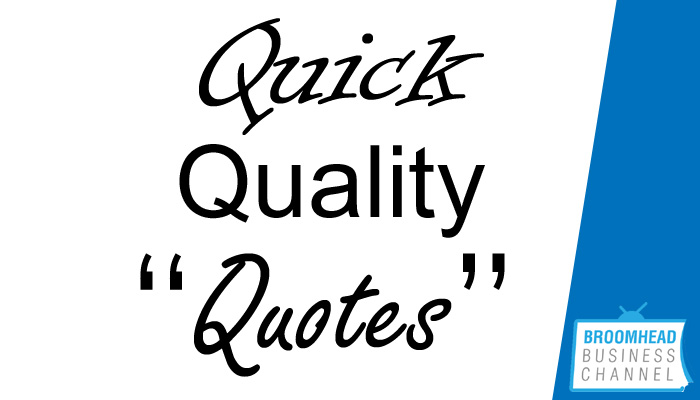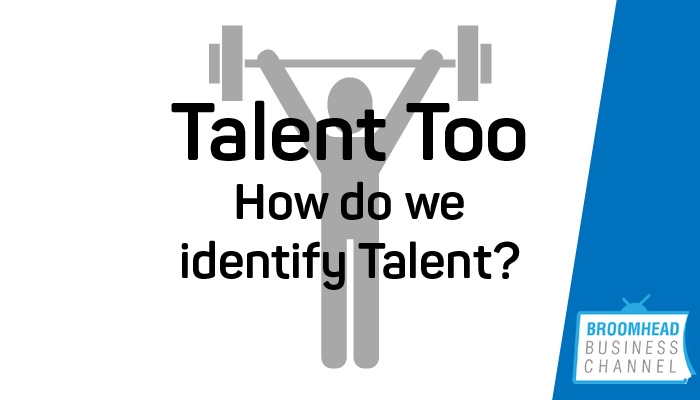
I have previously written about how to find talent in organisations and this gives some additional insights gained from listening to a Radio 4 programme “Analysis” which explored the idea of identifying Talent. There are a variety of ideas and thoughts that I wanted to share with you.
It is an interesting on-going dilemma of how to nurture and recruit the Higher Achievers that make up 20% of your people and produce 80% of your results. While at the same time still ensuring the remaining 80% still feel engaged and that their unique talents are being developed.
When I worked for a large I.T. corporate I was a good conscientious support technician, but I wasn’t exceptional. When I had a one off opportunity to become a Masterclass Champion and start developing myself I then discovered my real talents were learning and development. Skill sessions, Talks, Executive coaching and coaching people to publicly speak are my real niche skills. These were extremely rare at the company and would have been highly valuable to their client base. Unfortunately for the company they never identified these talents while I was there. HR naively pigeon holed me as a support technician and not a talented L&D guy. A massive mistake in untapped resources.
So I am just curious, what opportunities are you creating in your teams and organisations to identify untapped valuable skills?
Missing talent is unfortunately very common not only in our organisations but also in our schools. Here are three examples of people whose later life success was not predicted while at school:
“When I was at school they had never heard of dyslexia, they just thought I was stupid. And I actually left school at fifteen because I was hopeless at school and started a magazine to give young people a chance to have a voice and campaign on issues they felt strongly about”.
Richard Branson – billionaire businessman
“I hated school. They assumed I was being lazy because I was so smart in other ways. There were things I could do, I could remember things. So they knew I wasn’t dumb, they just thought I was being lazy. Something was different about me.”
Whoopi Goldberg (American actress, comedian, author and television host. She is one of the few entertainers who has won an Emmy Award, a Grammy Award, an Oscar, and a Tony Award).
“I remember my special needs group at school. You know, special needs… bottom group…and all that sort of stuff. But at the same time I always could cook already at that stage so I didn’t really care about that negativity that was going on in my life.”
Jamie Oliver TV chef & Entrepreneur
Despite what many people may think, grading and IQ tests at schools and in the workplace are not accurate indicators of future work success. So what else could we use?
The GRIT Scale
Angela Duckworth of the University of Pennsylvania has developed the GRIT scale which she believes is more important than IQ when predicting talent. My understanding is that the more “GRIT” you have the more likely you will succeed in the context you are working in. In a nutshell she describes GRIT as the combination of having incredible passion for long term goals of meaningful personal significance, and the perseverance to go with it. Also caring about something and committing to it, and working very hard towards making that goal a reality.
I think the GRIT scale could be a useful additional tool when exploring our teams skill sets and also when recruiting.
Recruitment & Talent
From the Radio 4 programme they suggested that decades of research seems to have shown that the typical unstructured interview is a poor predicator of performance. So I think that when a recruitment firm wants 25-30% of the candidate’s first year salary and only a month clawback, then employers need to ensure they are accurately identifying talent during the recruitment process.
Some would agree that the best way to assess a candidate for a job role is a work sample test. E.g. if it is an accountant role get them to look over sample P&L and forecasts. If it is a programmer role then get them to program some code and add in some intentional bugs for them to fix. In addition to this look at their general cognitive ability and their capacity to grow in the role.
Below is an overview of Geraldine Hayley’s thoughts on interviewing, in particularly when she worked at Standard Chartered Bank.
The interview process is imperfect but could be improved by training and structure. She commented that your job as the interviewer is not to look into a crystal ball and use your intuition to see into the future and wonder what they will be like. Your job is to be like a forensic investigator and get the candidates to tell stories about experiences in the past and how they tackled them. To get hard evidence. To understand their values, beliefs, habits and strengths. It is a hard thing to do.
More than talent or expertise is how people behaved and in particular how their behaviour was aligned with the company values. They always checked cultural fit above technical ability through a variety of means including panel interviews.
Recruiting Artificially Intelligently
However this is time consuming and expensive. A possibly cheaper and faster alternative that people are looking at is artificial intelligence to filter and select. But the former people’s operations person at Google didn’t think that was the answer. The downside is that the way most machine learning works is that you take a data set that is fed into a machine. Input all the high performers into the system and then it will filter on those characteristics, such as education they had, areas they lived etc. However, one significant problem is that it lacks diversity. You will get more of the same, but real innovation comes from diverse ideas and experiences.
So what did Google do when growing from 5000 employees to 50,000?
The former people’s operations person at Google said that whether the candidate knew anything about the job they were taking on was the least of the attributes required in someone.
He explained the five characteristics that Google looked specifically for in their new hirers were:
- Humility
- Conscientious – a sense of responsibility to continue until a job is done well.
- Comfort with ambiguity.
- A sense of fun.
- Courage (to raise ones voice) – the importance of this is that when organisations get large then people stop raising their voices and there is the possibility of unethical and risky things happening. As Humans we have fundamentally evolved biologically as social hierarchy seeking animals and we tend to want to conform. In an organisation the really creative innovative ideas come from “I’ve got this crazy idea” and at the same time there needs to be people that have the courage to put their hand up when they see possible dangers and wave a red flag and say I don’t think that’s a good idea.
Summary
We started with missing talent that was already in an organisation; a very brief exploration of GRIT which seems to be a method to predict longer term success; and when it comes to recruitment the importance of work based tests, aligning values and understanding the key characteristics in a future employee.
As you may agree this article contains an assortment of ideas for a leader to be aware of and which I trust will help you in growing your teams.



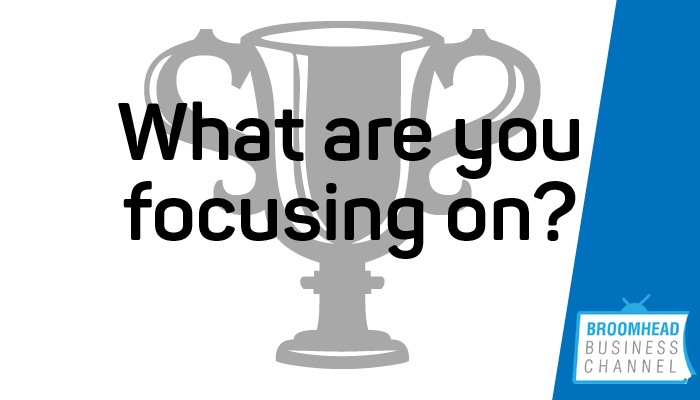 I was quite late to discovering Radio 4’s Desert Island Disks. There are a considerable amount of episodes that cover a plethora of interesting individuals. Some memorable discussions include Malcolm Gladwell, Sir Ken Robinson, Murray Walker and Bill Frankland MBE (a British immunologist whose achievements include the popularisation of the pollen count and he continued to work after turning 100 years old in 2012 – utterly intriguing).
I was quite late to discovering Radio 4’s Desert Island Disks. There are a considerable amount of episodes that cover a plethora of interesting individuals. Some memorable discussions include Malcolm Gladwell, Sir Ken Robinson, Murray Walker and Bill Frankland MBE (a British immunologist whose achievements include the popularisation of the pollen count and he continued to work after turning 100 years old in 2012 – utterly intriguing).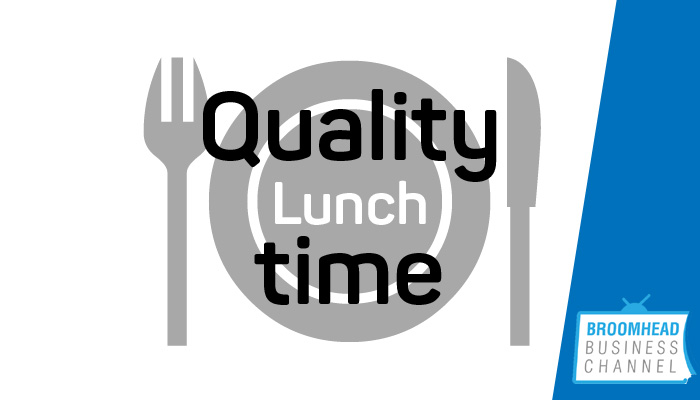 To keep things simple let us say that the average European person lives for 80 years and therefore that equates to about 4000 weeks. For some of us this my seem loads of time, while others may wonder “how am I going to achieve everything I wanted to in such a short period of time?”
To keep things simple let us say that the average European person lives for 80 years and therefore that equates to about 4000 weeks. For some of us this my seem loads of time, while others may wonder “how am I going to achieve everything I wanted to in such a short period of time?”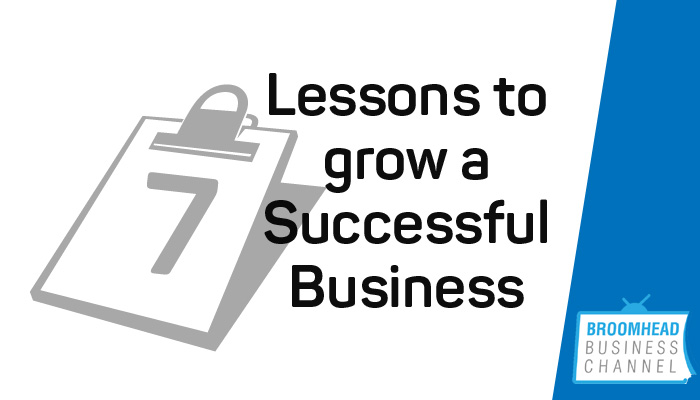 I recently had the pleasure of attending a few one day business seminars where a number of aspects of business were discussed. I don’t know if you will agree that it is so important to be constantly absorbing intelligent, ethical and proactive advice from experts in their field. By attending events it is not just the content we experience, but also the interactions from the other people attending.
I recently had the pleasure of attending a few one day business seminars where a number of aspects of business were discussed. I don’t know if you will agree that it is so important to be constantly absorbing intelligent, ethical and proactive advice from experts in their field. By attending events it is not just the content we experience, but also the interactions from the other people attending.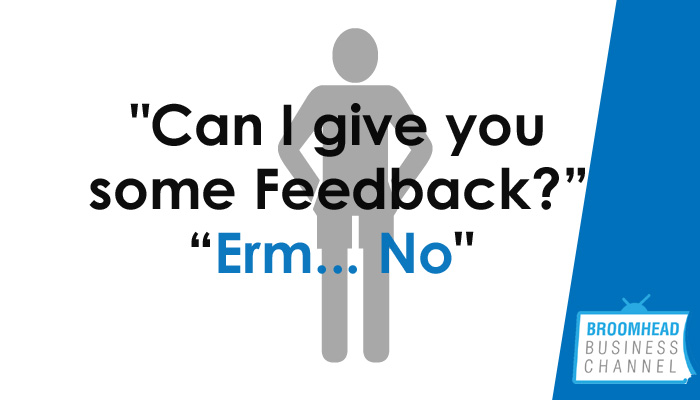 Have you ever had a time when someone has come up to you and said I want to give you some feedback? How did you feel about it? Was it an enhancing experience or something else?
Have you ever had a time when someone has come up to you and said I want to give you some feedback? How did you feel about it? Was it an enhancing experience or something else? I have written previously about us “becoming more comfortable with being uncomfortable”. In a nut shell this is the idea of expanding our comfort zone and trying new things.
I have written previously about us “becoming more comfortable with being uncomfortable”. In a nut shell this is the idea of expanding our comfort zone and trying new things.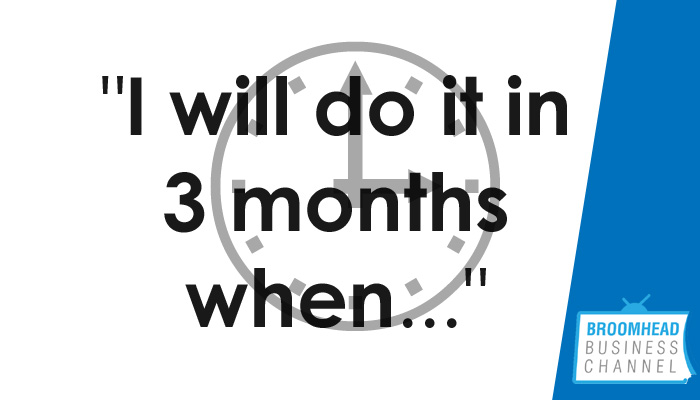
 I was reminded of these ten brilliant questions while attending a Frank Daniels coaching weekend course. They are described as Precision Questions and I believe they originate from the area of NLP (Neuro Linguistic Programming).
I was reminded of these ten brilliant questions while attending a Frank Daniels coaching weekend course. They are described as Precision Questions and I believe they originate from the area of NLP (Neuro Linguistic Programming).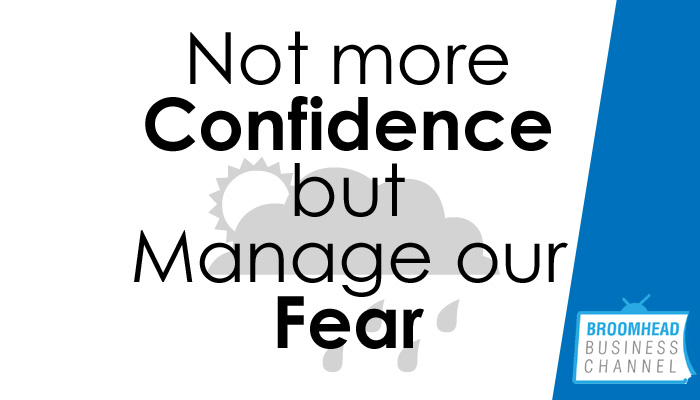 Have you ever had a time when you have heard someone say “I wish I had the confidence…“?
Have you ever had a time when you have heard someone say “I wish I had the confidence…“?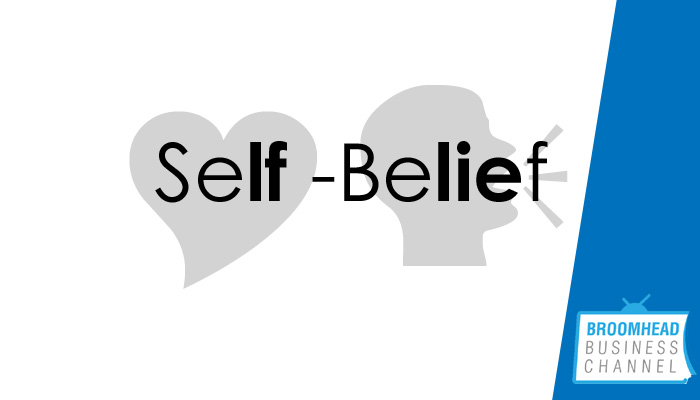 You know how there are phrases that we either say to ourselves or have heard our team members say and most of the time we do not realise the importance of them? One such phrase is…
You know how there are phrases that we either say to ourselves or have heard our team members say and most of the time we do not realise the importance of them? One such phrase is…
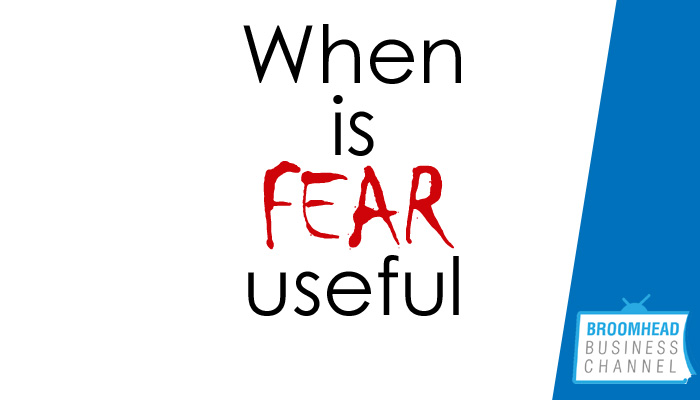
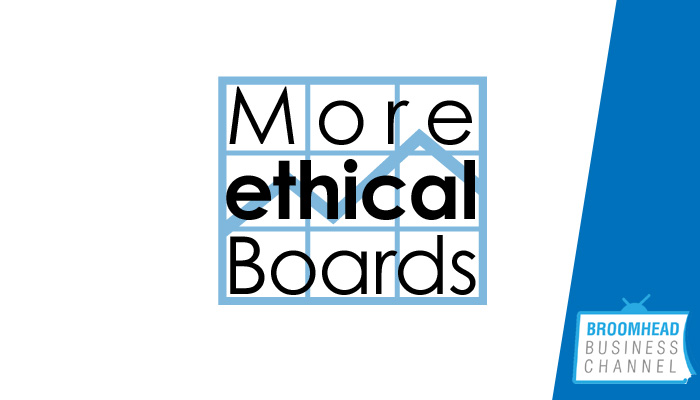 The basis of these three ideas came from a discussion on Radio 4’s “The bottom line” with guests: Elizabeth Corley (vice-chair of Allianz Global Investors), David Pitt-Watson (former Chair of Hermes Focus Funds) and Neil Record (Chief Executive of Record Currency Management).
The basis of these three ideas came from a discussion on Radio 4’s “The bottom line” with guests: Elizabeth Corley (vice-chair of Allianz Global Investors), David Pitt-Watson (former Chair of Hermes Focus Funds) and Neil Record (Chief Executive of Record Currency Management).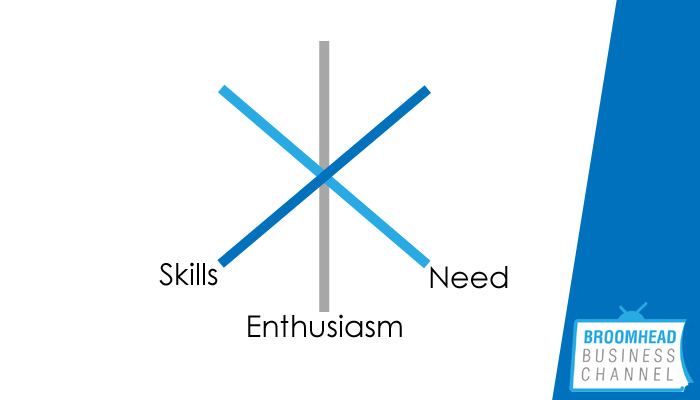
 I was walking in a local arboretum and while explaining something to my 15 month old daughter the blinking obvious occurred to me. Around the edge of the park was a row of trees that must have been there for at least a generation and I was saying that the straight tree line would have been “manmade”, because Mother Nature doesn’t do straight lines. (I don’t know the unisex version of “manmade” – “person made” doesn’t quite sound right).
I was walking in a local arboretum and while explaining something to my 15 month old daughter the blinking obvious occurred to me. Around the edge of the park was a row of trees that must have been there for at least a generation and I was saying that the straight tree line would have been “manmade”, because Mother Nature doesn’t do straight lines. (I don’t know the unisex version of “manmade” – “person made” doesn’t quite sound right).
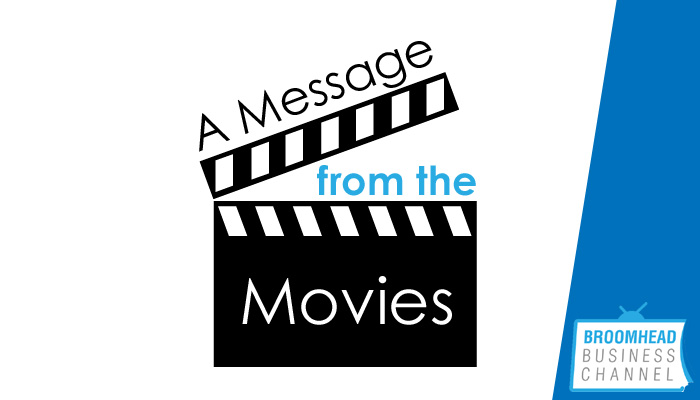 I’m not interested in Movie celebrities, but I do like a good movie. When the finished product hits the screen it can be an incredible spectacle or an emotional ride. As with everything in life the end product that the rest of the world sees, never fully expresses all the blood, sweat and tears required to make it happen.
I’m not interested in Movie celebrities, but I do like a good movie. When the finished product hits the screen it can be an incredible spectacle or an emotional ride. As with everything in life the end product that the rest of the world sees, never fully expresses all the blood, sweat and tears required to make it happen.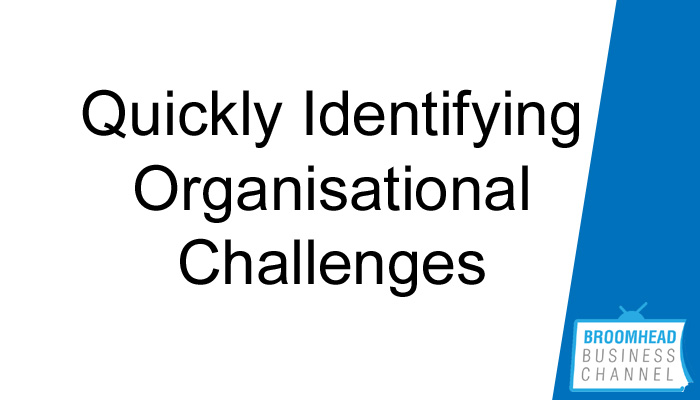 The initial idea for this was from Alan Weiss. For most leaders and the majority of challenges in organisations, whether private, public or not-for-profit, this simple concept will be surprisingly helpful.
The initial idea for this was from Alan Weiss. For most leaders and the majority of challenges in organisations, whether private, public or not-for-profit, this simple concept will be surprisingly helpful.